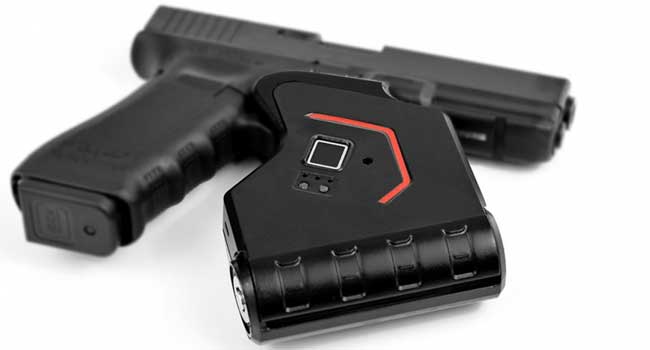
New Smart Gun Technology May Help with Security in the U.S.
- By Sydny Shepard
- Jan 13, 2016
The debate on guns is one of the most diverse in the country, and President Barack Obama’s recent executive action has only deepened the rift between the two sides. There is one aspect of the argument in which both sides have aligned – gun safety is important.
Following Obama’s executive action announcement, renewed attention is being paid to the notion of “smart guns.”
Some manifestations of smart gun technology have actually been around for decades. In particular, certain authentication systems, those that would only allow a gun to be fired with the right fingerprint, grip or RFID chip, were first introduced in the 1990s. Clearly, there hasn’t been widespread acceptance of the new technology and the adoption of the new smart guns never really picked up. In fact, despite numerous attempts from manufacturers, both large and small, to bring firearms with owner specific safety mechanisms to market, each one has backfired.
Could the tide be turning?
The smart guns of today are far more advanced than the originals. There’s the Identilock, a biometric gun lock that necessitates a fingerprint before dropping to the floor to expose the trigger. The whole process is meant to take under a second, providing near instantaneous access. Similarly, the Armatix smart gun requires the owner activate the weapon via a wristwatch and PIN, rendering it virtually useless if stolen.
Outside of smart guns, there are other types of security like advanced gun vaults that will keep firearms out of dangerous hands. And if you don’t need a full sized safe, you can also get a strongbox made specifically for a single handgun, all to keep both the weapon and human beings safe.
Of course, conflating gun safety with complete gun control remains a problem for proponents of smart technology. But experts seem confident that these devices will have some effect on reducing the number of gun deaths in the United States.
About the Author
Sydny Shepard is the Executive Editor of Campus Security & Life Safety.